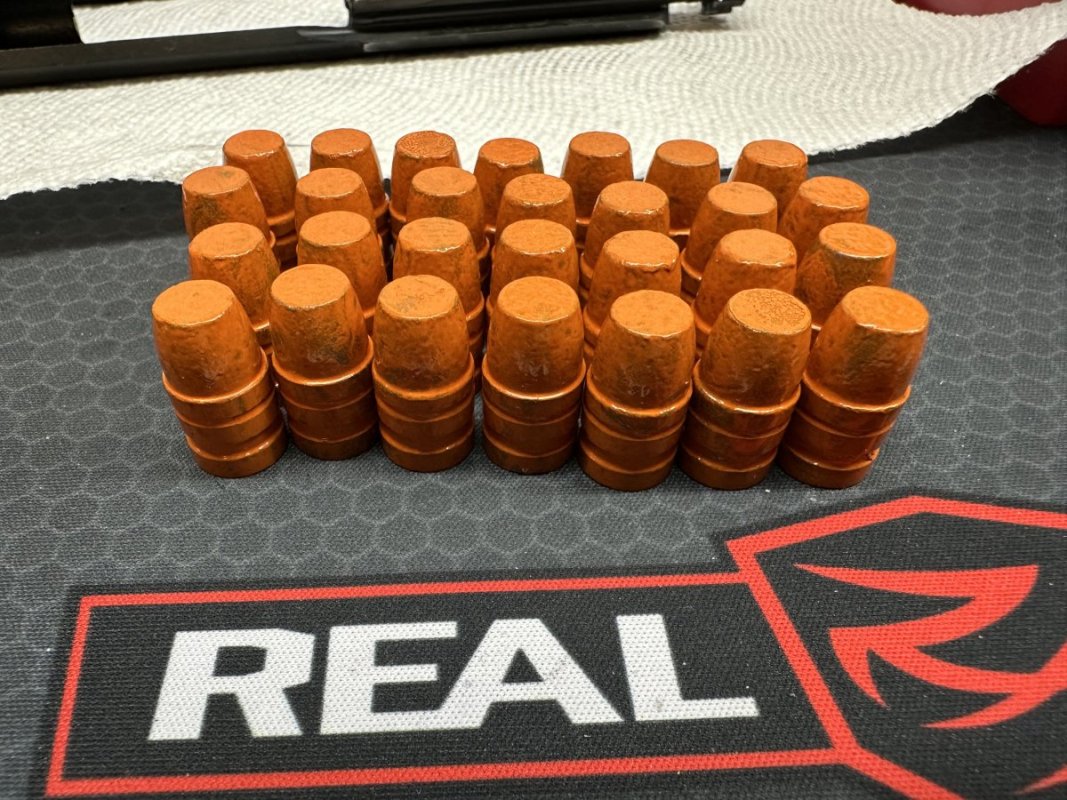I was going to purchase some copper plated .452dia .45ACP rounds from GB. My question since I am still fairly new to this is:
When the recipie is for a 200gr "jacketed" bullet, is that the same no matter if it's a brass jacketed or copper plated?
Any help would be great.
I have only loaded SWC wich ran great.
Thanks
When the recipie is for a 200gr "jacketed" bullet, is that the same no matter if it's a brass jacketed or copper plated?
Any help would be great.
I have only loaded SWC wich ran great.
Thanks







